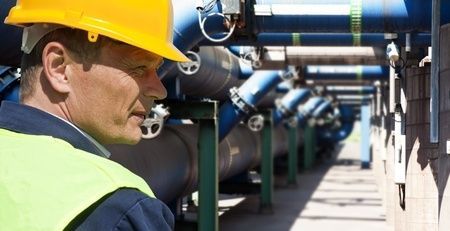Case study: Recovery of methanol from waste streams
Manufacturing: Human Pharmaceutical and Medicinal Product Manufacturing
The company was the only Australian manufacturer of derivative from a particular plant. In the process the first mother liquor from the initial crystallisation of the synthesite was sent to waste as it contains by-products of reaction that are contaminants or unacceptable related substances if they were included in the final product.
It was proposed that the methanol in this solution might have value when used in the manufacture of biodiesel by others. In the process of recovering the methanol quantities of the synthesite are also recovered and these have significant commercial value if they can be purified to the stage of acceptable quality.
Methanolic wastes have traditionally been disposed of through high cost waste management systems. Recovery of the methanol will reduce the Company’s waste volume and therefore costs and provide a source of reusable methanol.

Technical Objectives:
- To recover a usable form of methanol from methanolic waste liquors
- To reduce the overall waste volume from the process.
New knowledge:
A usable form of methanol that would otherwise be sent for waste destruction. The company uses unique processes and operations. Best information is that there has not been recovery of methanol from such process wastes previously.
- Establishing the conditions for recovery of methanol from the waste
- Confirming the identity and quality of the recovered product
- Modifying existing equipment for efficient solvent recovery
- Meeting appropriate safety standards for handling flammable solvents.
Experimentation:
Experiments to identify of the presence of water in the distillate, which contaminates formation of methoxylating agents in biodiesel process. Water was identified as having entered the system by being dissolved in the chloroform used and transferred to the reactor during the process. Experiments to improve the dewatering process required so as to reduce this carry over, but this process must accommodate a small volume of water to retain the base in a liquid state after the chloroform has been flashed off.
Registering for the R&D Tax Incentive - Video Case Studies
Registering for the R&D Tax Incentive — The Baking Stuff Case Study
Registering for the R&D Tax Incentive – ENVIROLOO Hypothetical Case Study
Registering for the R&D Tax Incentive – BIOFNATICS Hypothetical Case Study
Telephone: 0438 734 311
R & D Business Services Pty Ltd
QLD, AUSTRALIA
